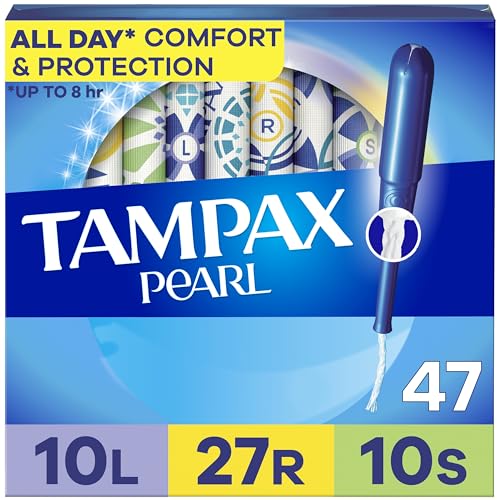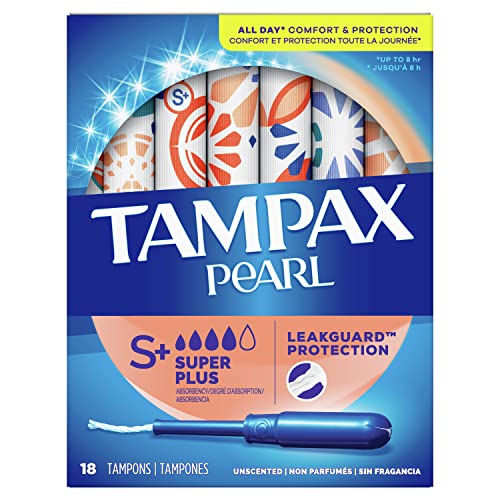Choosing the right tampon size
One of the most important factors in preventing leaks while using tampons is choosing the right size. Tampons come in different absorbency levels, ranging from light to super. It’s important to select a tampon with the appropriate absorbency for your flow. Using a tampon that is too small for your flow can result in leaks, while using one that is too large can cause discomfort and make insertion more difficult. If you’re unsure which size to choose, start with a regular absorbency tampon and adjust as needed based on your flow.
Inserting the tampon properly
Proper insertion is key to preventing leaks when using tampons. You should always read the instructions on the tampon package to ensure you are using the correct technique. It’s important to relax your muscles and find a comfortable position before inserting the tampon. Some people find it helpful to prop one foot up on a toilet seat or bathtub edge. Insert the tampon at a slight angle towards the small of your back until your fingers touch your body. Push the tampon all the way in using your index finger. Make sure the string is hanging outside your vagina for easy removal.
Changing tampons regularly
To prevent leaks and reduce the risk of toxic shock syndrome (TSS), it’s important to change your tampon regularly. The general recommendation is to change your tampon every 4 to 8 hours, or more frequently if needed. Leaving a tampon in for too long can cause leaks and increase the risk of bacterial growth and infection. If you have a heavier flow, you may need to change your tampon more frequently. Pay attention to your body’s signals and use your own judgment to determine when it’s time to change your tampon.
Using a backup method
If you’re concerned about leaks, especially during heavy flow days, it can be helpful to use a backup method in addition to a tampon. This can provide extra peace of mind and help prevent leaks. Some options for backup methods include using a pantyliner, menstrual pad, or menstrual cup. These can catch any leaks that may occur and help prevent stains on your clothing. Additionally, using a backup method can be particularly useful when you’re new to using tampons or trying out a new absorbency level to see how your body responds.
Practicing good hygiene
Maintaining good hygiene while using tampons can help prevent leaks and keep you feeling fresh. It’s important to wash your hands thoroughly before and after inserting a tampon to reduce the risk of introducing bacteria into your vagina. Avoid using scented tampons or feminine hygiene products, as these can disrupt the natural pH balance of your vagina and increase the risk of infection. If you experience any unusual symptoms such as itching, burning, or unusual discharge, it’s important to consult with a healthcare professional.






